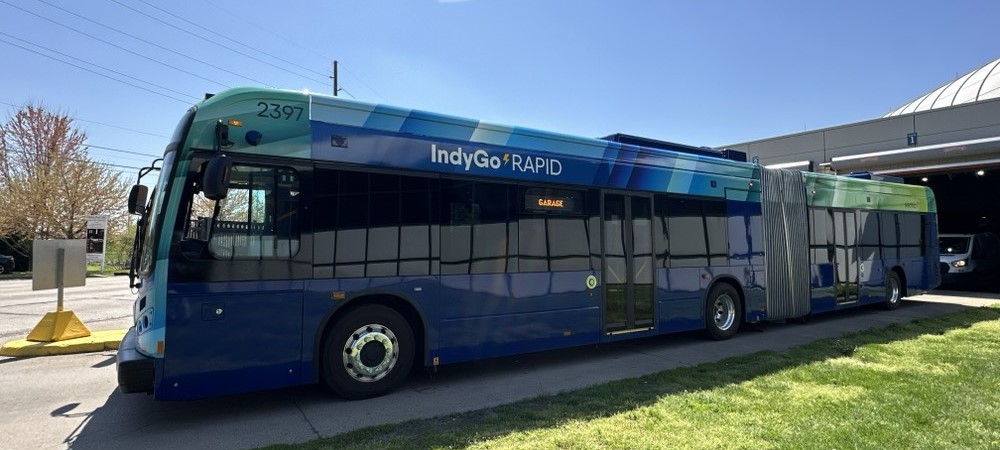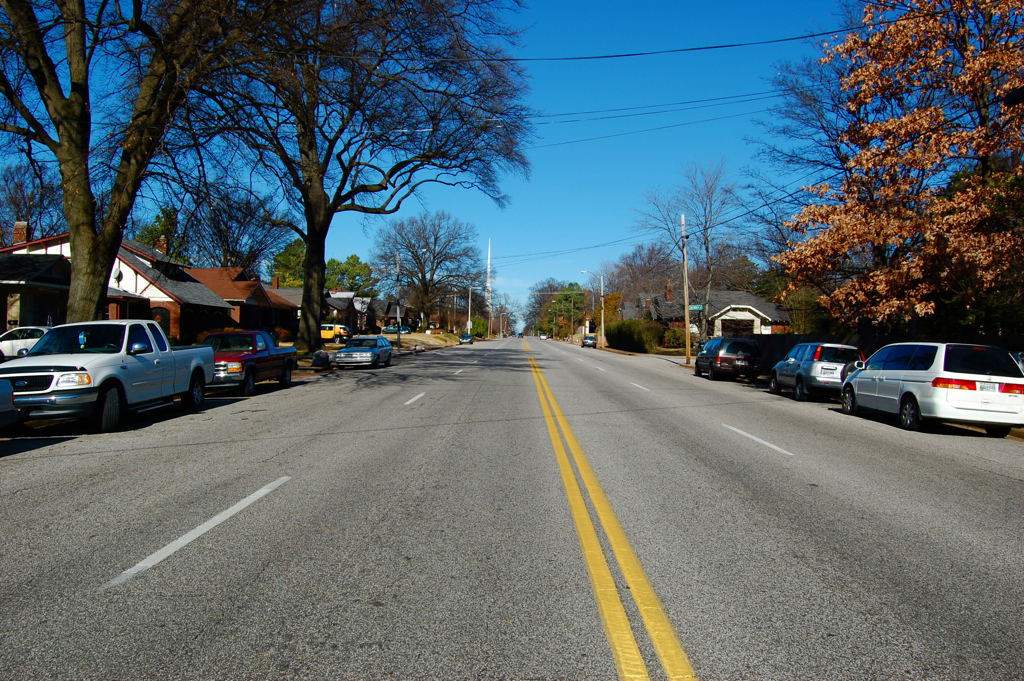
This morning, Transportation Secretary Anthony Foxx’s blog post is all about bicycling. He opens by touting the complete streets policy he helped implement in Charlotte (it passed before he was mayor) and the city’s bike-share system -- the largest in the Southeast.
His post follows on his speech yesterday to the National Bike Summit, which began with this frank admission: “I’ve got big shoes to fill.”
Foxx’s predecessor, Ray LaHood, became the darling of the bike movement when he stood on a table at the 2010 Summit and affirmed his commitment to safe cycling, later declaring “the end of favoring motorized transportation at the expense of non-motorized.”
Foxx’s speech was less fiery but showed his commitment to the issue. He mentioned that he himself had been the victim of a crash while jogging in Charlotte, and while he wasn’t hurt, he’s aware how lucky he was that it didn’t turn out differently.
“All across our country, every day, there are accidents and injuries -- and unfortunately sometimes even fatalities -- that occur among the bicycle and pedestrian communities,” Foxx told the Summit audience. “I didn’t tolerate it as a mayor. And as U.S. secretary of transportation we certainly won’t stand still and allow this crisis to slowly build up over time.”
“Our roads should be safe,” he went on. “They should be easy places to travel no matter how we are traveling on them.”
Foxx cautioned listeners about the “false choice” that is often posed between bikes and other modes. “America can chew gum and walk at the same time,” he said.
In Charlotte, traffic engineers put a four-lane road on a road diet, with one narrower travel lane in each direction and a shared left turn lane, and with bike lanes on both sides and pedestrian islands. The road had been heavily trafficked at all hours, and the community was skeptical about the idea of reducing space for cars.
“But let me tell you something, “ he said:
We actually are seeing more traffic move through that system than before because people aren’t stopping to make a turn, they’re going to the turn lane and it’s allowing throughput to move forward. And you’re giving bicyclists and pedestrians clear rules of the road for where they can safely move.
And so this is very important, because the more we design our streets in a more efficient way to ensure the free flow of traffic of all types, it’ll safer and more efficient. And we won't have to pay for additional assets, building new roads as opposed to making better use of the ones we have.
He also focused on how bicycling can be a tool for social and economic equity. Quoting a League report, Foxx noted that one-third of bike trips are taken by people who make less than $30,000 a year and that transportation takes the second biggest bite, after housing, out of most families’ income. And so, he said, bicycling is an important option for transportation -- not just recreation.
“It’s an issue of making sure that when someone’s only or best option to get to work is a bike, that they have the option to ride it,” he said. “When the president talks about ladders of opportunity, that’s what he’s talking about. Because sometimes that ladder might be a bike path to a new job, or a new school.”
Martha Roskowski, director of the Green Lane Project, commented afterward that Foxx’s themes of safety and equity echoed New York Mayor’s Bill de Blasio’s approach as well. “Safety is finally getting a toehold in these conversations,” she said, noting: “You never know you’re in a tipping point until afterward.”





